Home>Others>Eco-Friendly Products>How To Make A Compost Bin From A Plastic Dustbin
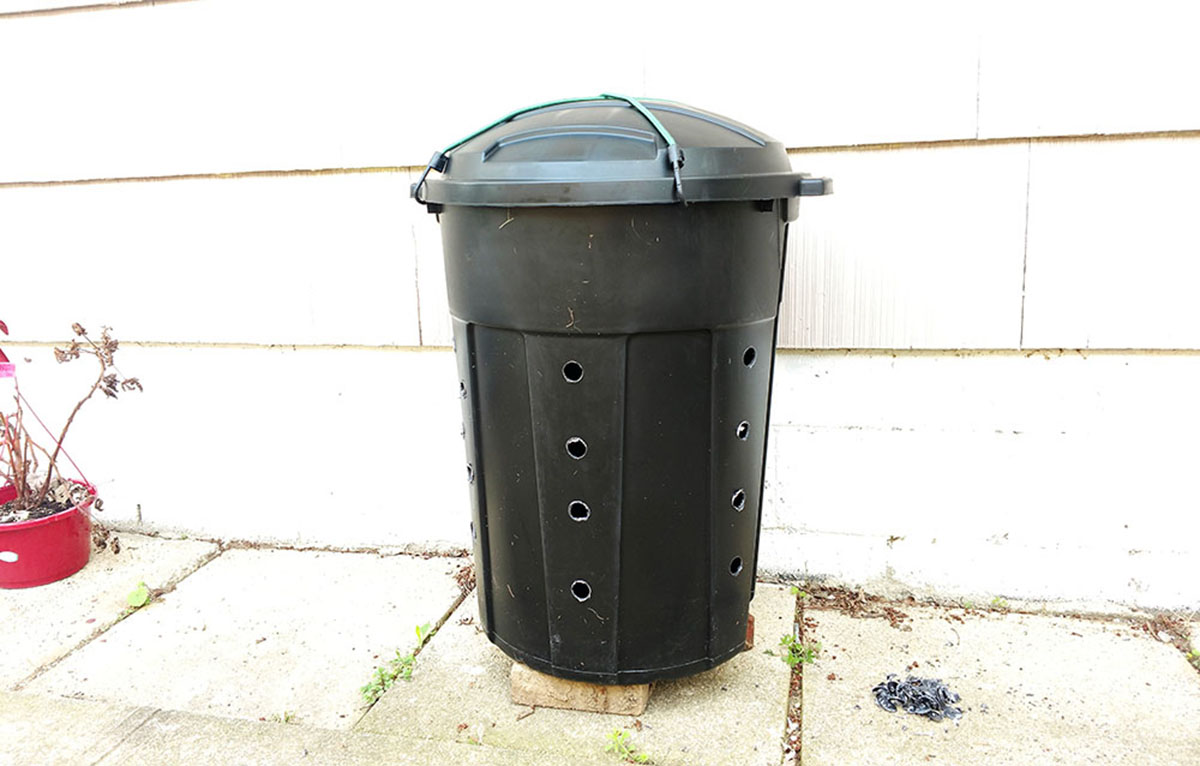

Eco-Friendly Products
How To Make A Compost Bin From A Plastic Dustbin
Modified: January 14, 2024
Learn how to make an eco-friendly compost bin using a plastic dustbin. Create nutrient-rich soil for your garden with this simple DIY project. Reduce waste and embrace sustainability!
(Many of the links in this article redirect to a specific reviewed product. Your purchase of these products through affiliate links helps to generate commission for Storables.com, at no extra cost. Learn more)
Introduction
Creating a compost bin from a plastic dustbin is a simple and environmentally friendly way to repurpose materials and reduce waste. Composting is a natural process that transforms organic waste into nutrient-rich soil amendment, benefiting both the environment and your garden. By diverting organic waste from landfills, you can minimize methane emissions and contribute to a more sustainable ecosystem.
In this article, we will explore the step-by-step process of transforming a plastic dustbin into a functional compost bin. Not only is this a cost-effective solution, but it also allows you to take an active role in reducing your ecological footprint. With a few basic materials and a bit of creativity, you can create a compost bin that supports the natural decomposition of organic matter, ultimately yielding nutrient-dense compost for your garden.
Let's delve into the materials needed and the simple yet rewarding steps to construct your very own compost bin from a plastic dustbin. Whether you're an avid gardener or simply passionate about sustainable living, this project offers an accessible and practical way to contribute to a greener, more eco-conscious lifestyle.
Key Takeaways:
- Turn a plastic dustbin into a compost bin to reduce waste, minimize methane emissions, and create nutrient-rich soil for your garden. It’s an easy, eco-friendly project that anyone can do!
- By repurposing everyday items and engaging in sustainable practices, you can actively contribute to a healthier environment and promote a thriving garden ecosystem. Embrace the transformative power of composting!
Read more: How To Use A Plastic Compost Bin
Materials Needed
Before embarking on the journey of creating a compost bin from a plastic dustbin, it’s essential to gather the necessary materials. The beauty of this project lies in its simplicity and the ability to repurpose everyday items. Here’s a list of materials you’ll need:
- A plastic dustbin with a lid – Ensure that the dustbin is clean and free from any chemical residue, as this can affect the composting process.
- A drill with a large drill bit – This will be used to create ventilation holes in the dustbin, facilitating airflow within the compost.
- Bricks or wooden blocks – These will elevate the compost bin, allowing for airflow and drainage at the bottom.
- Green and brown organic materials – Collect a mix of nitrogen-rich (green) and carbon-rich (brown) materials, such as fruit and vegetable scraps, coffee grounds, eggshells, dry leaves, and newspaper.
- A shovel or pitchfork – This will aid in turning and aerating the compost as it decomposes.
By utilizing these readily available materials, you can embark on the journey of creating a compost bin that aligns with sustainable practices and promotes a healthier environment. The next step involves transforming these materials into a functional compost bin that supports the natural decomposition process.
Steps to Make a Compost Bin from a Plastic Dustbin
Creating a compost bin from a plastic dustbin is a straightforward and rewarding endeavor. Follow these simple steps to transform a basic plastic dustbin into a functional compost bin:
- Prepare the Dustbin: Thoroughly clean the plastic dustbin to remove any lingering residues. This ensures a clean environment for the decomposition process.
- Create Ventilation Holes: Using a drill with a large drill bit, make several holes in the bottom and sides of the dustbin. Adequate ventilation is crucial for the composting process, as it allows oxygen to reach the microorganisms responsible for decomposition.
- Elevate the Bin: Place the dustbin on top of bricks or wooden blocks to allow for airflow and drainage at the bottom. This elevation also facilitates the collection of nutrient-rich compost tea, a byproduct of the composting process that can be used to nourish plants.
- Add Organic Materials: Begin the composting process by layering green and brown organic materials inside the bin. Green materials, such as fruit and vegetable scraps, provide nitrogen, while brown materials, such as dry leaves and newspaper, supply carbon. Aim for a balanced mix of both types of materials to promote efficient decomposition.
- Aerate and Moisturize: Regularly turn the compost with a shovel or pitchfork to aerate the materials and maintain an optimal level of moisture. The compost should be damp, similar to a wrung-out sponge, to support the activity of microorganisms.
- Monitor the Composting Process: Keep an eye on the compost’s progress, observing changes in texture, temperature, and odor. Over time, the organic materials will break down into dark, crumbly compost, indicating that the process is nearing completion.
By following these steps, you can repurpose a plastic dustbin into a thriving environment for composting organic materials. This DIY approach not only reduces waste but also yields nutrient-rich compost that can enrich your garden and promote sustainable gardening practices.
Drill holes in the bottom and sides of the dustbin for aeration. Layer green and brown materials (like food scraps and leaves) to start the composting process. Keep the bin moist and turn the contents regularly for best results.
Using Your Compost Bin
Once you have successfully created a compost bin from a plastic dustbin, it’s time to maximize its potential by utilizing it to produce nutrient-rich compost for your garden. Here are some essential tips for effectively using your compost bin:
- Regularly Add Organic Materials: Continuously contribute green and brown organic materials to the compost bin. Kitchen scraps, yard waste, and shredded paper are valuable additions that maintain a balanced carbon-to-nitrogen ratio, fostering optimal decomposition.
- Aerate the Compost: Turn the compost regularly to introduce oxygen and facilitate the decomposition process. This simple action prevents the formation of anaerobic pockets and ensures that the organic materials break down efficiently.
- Maintain Moisture Levels: Monitor the moisture content of the compost, ensuring that it remains consistently damp. If the compost appears dry, lightly water it with a hose or watering can to maintain the ideal environment for microbial activity.
- Harvest the Compost: Once the organic materials have transformed into dark, crumbly compost, it’s time to harvest the finished product. Use a screen or sieve to separate any remaining large particles, and then transfer the compost to your garden beds or containers to enrich the soil.
- Utilize Compost Tea: Collect the nutrient-rich liquid that drains from the compost bin, known as compost tea. Dilute it with water and use it as a natural fertilizer to nourish your plants, providing them with essential nutrients and promoting healthy growth.
By actively engaging with your compost bin and following these guidelines, you can harness the full potential of this sustainable practice. The compost produced in your DIY bin serves as a valuable resource for enhancing soil fertility, promoting biodiversity, and fostering a thriving garden ecosystem.
Conclusion
Embarking on the journey of creating a compost bin from a plastic dustbin not only offers a practical solution for managing organic waste but also aligns with sustainable living practices. By repurposing everyday items and implementing eco-friendly techniques, you can contribute to a healthier environment and cultivate nutrient-rich compost for your garden.
Through the simple yet impactful process of transforming a plastic dustbin into a compost bin, you actively participate in diverting organic waste from landfills, reducing methane emissions, and enriching the soil with valuable nutrients. This DIY approach empowers individuals to take an active role in sustainable living, fostering a deeper connection with the natural world and promoting environmental stewardship.
As you engage with your compost bin, adding organic materials, aerating the compost, and ultimately harvesting the nutrient-dense compost, you become a steward of the earth, nurturing a cycle of regeneration and promoting ecological balance. The compost produced in your DIY bin serves as a testament to your commitment to sustainability, enriching the soil, supporting plant growth, and contributing to a more vibrant and resilient ecosystem.
In essence, the process of creating and utilizing a compost bin from a plastic dustbin transcends the act of waste management; it embodies a holistic approach to sustainable living, fostering a harmonious relationship between humans and the environment. By embracing this practice, you not only reduce your ecological footprint but also inspire others to embrace the transformative power of composting and sustainable gardening.
So, roll up your sleeves, gather your materials, and embark on the fulfilling journey of creating and using a compost bin from a plastic dustbin. As you witness the organic materials transform into nutrient-rich compost, you’ll experience the profound impact of sustainable practices on both the environment and your own connection to nature.
Frequently Asked Questions about How To Make A Compost Bin From A Plastic Dustbin
Was this page helpful?
At Storables.com, we guarantee accurate and reliable information. Our content, validated by Expert Board Contributors, is crafted following stringent Editorial Policies. We're committed to providing you with well-researched, expert-backed insights for all your informational needs.
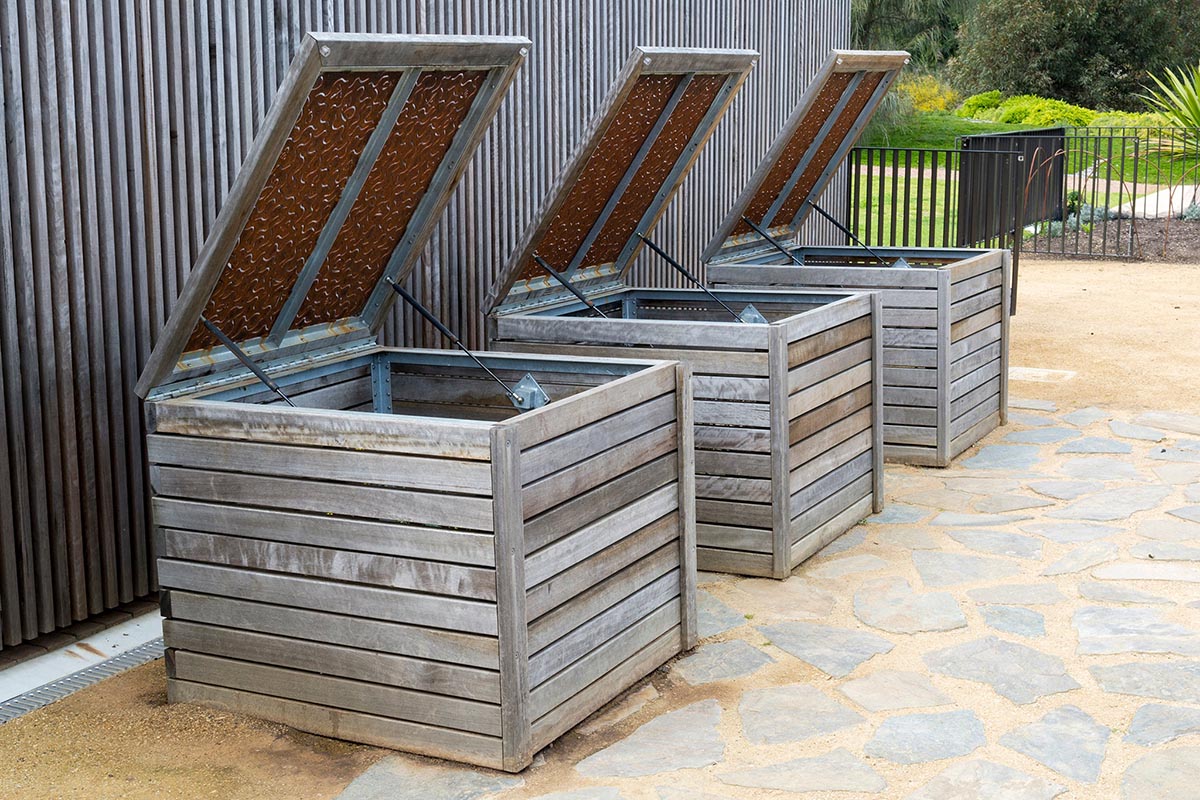
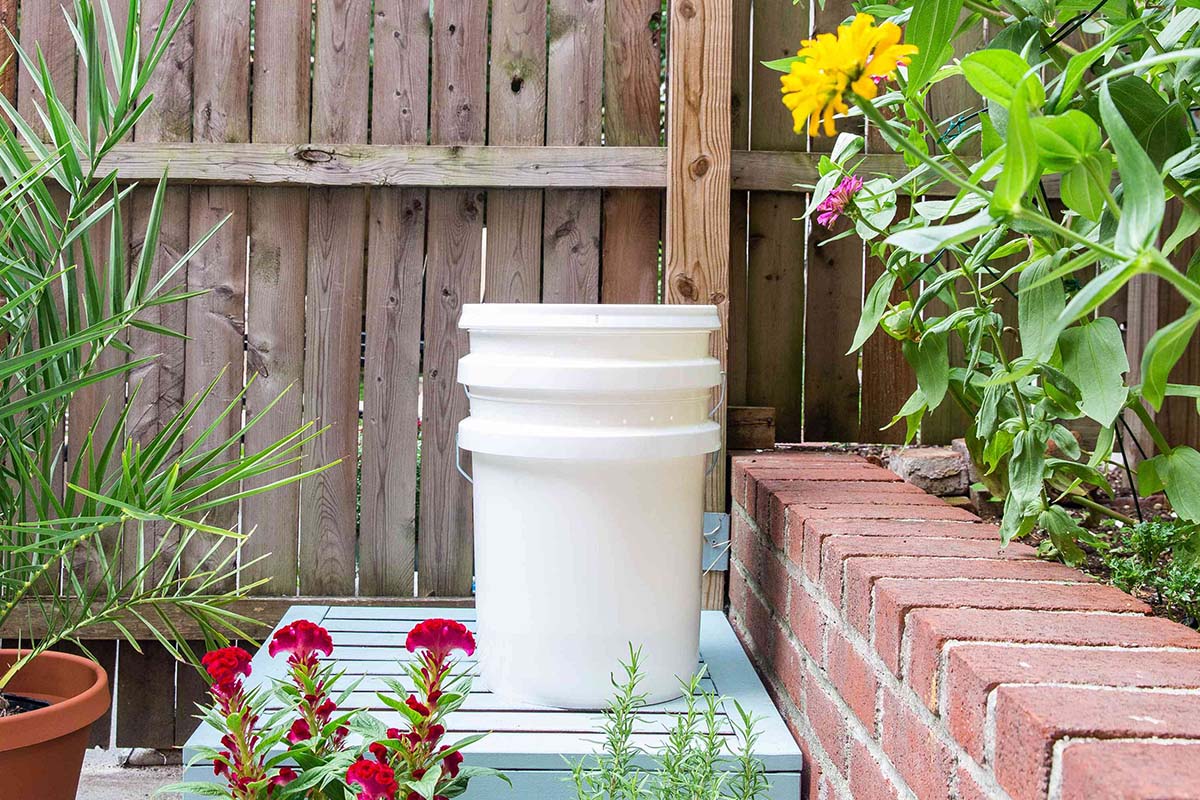
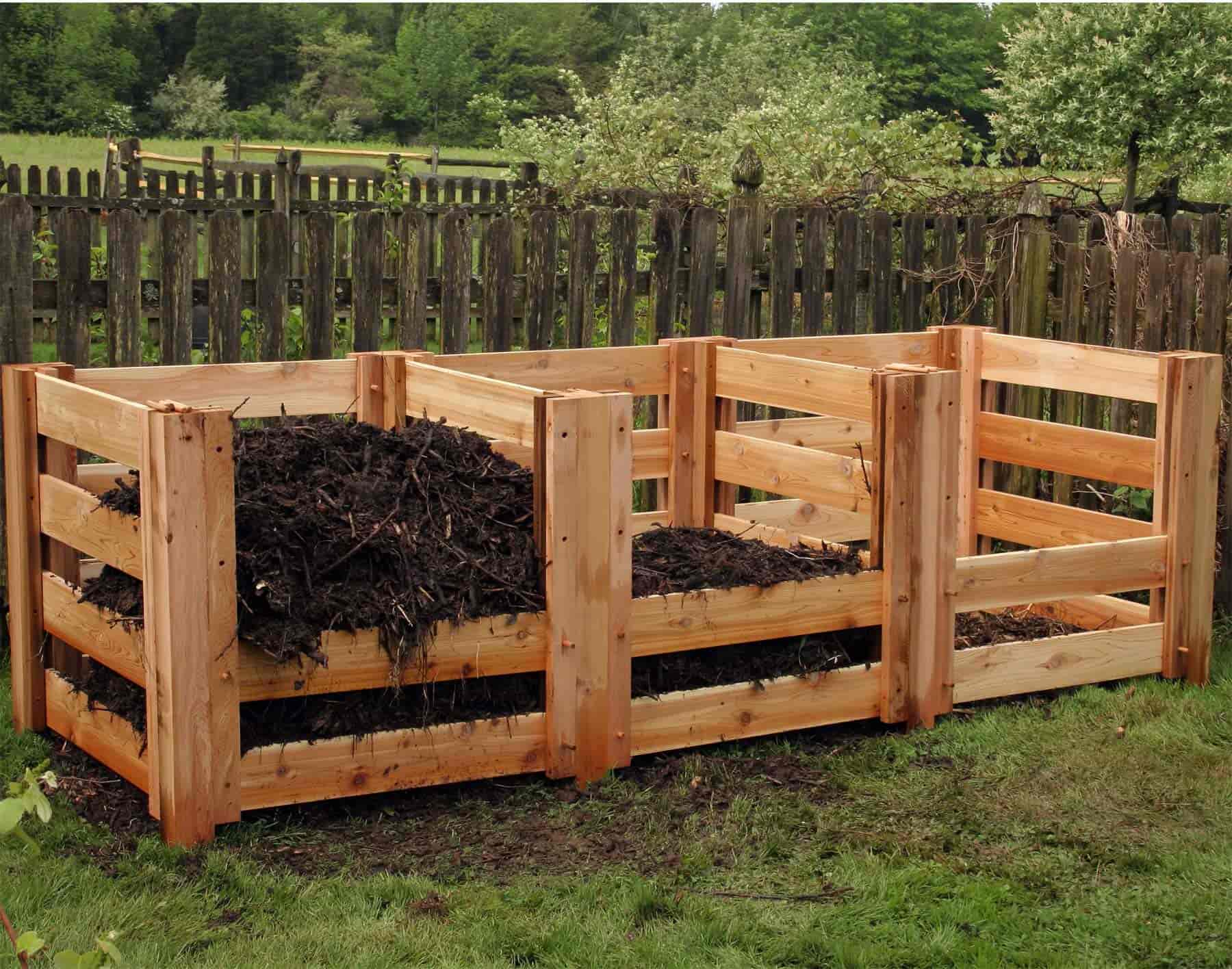
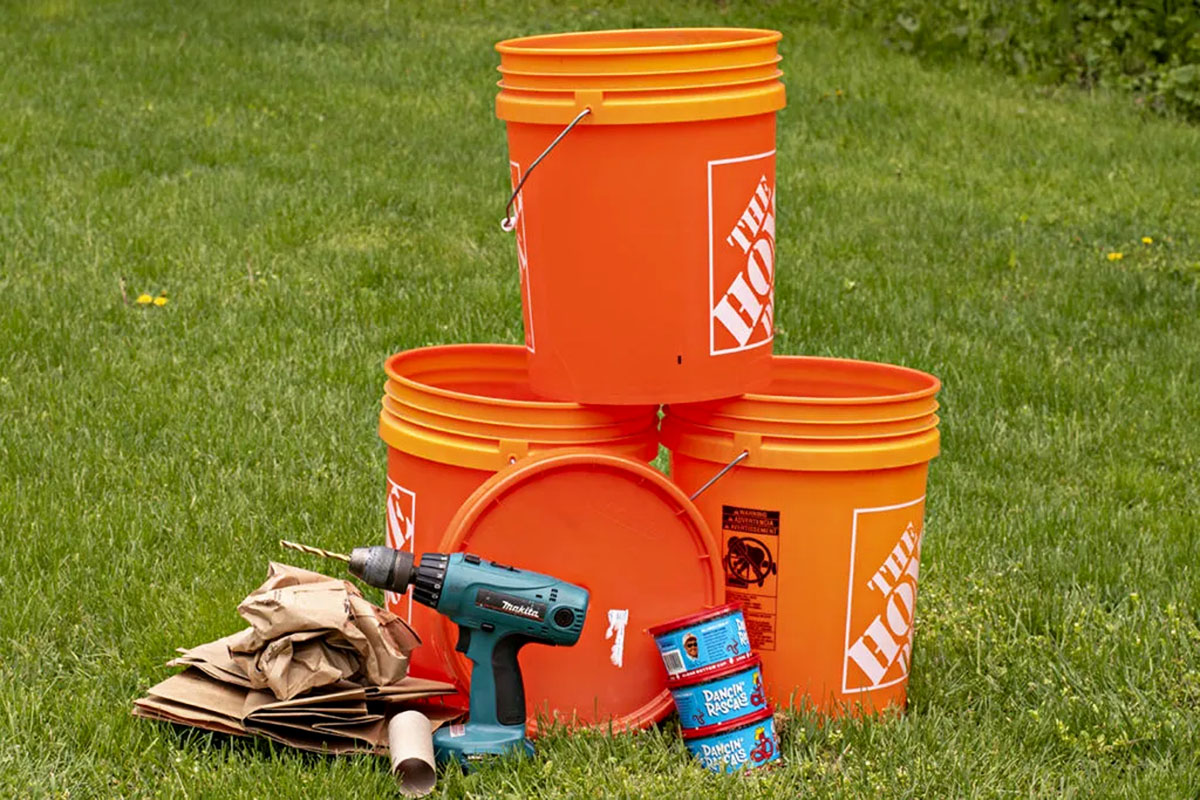
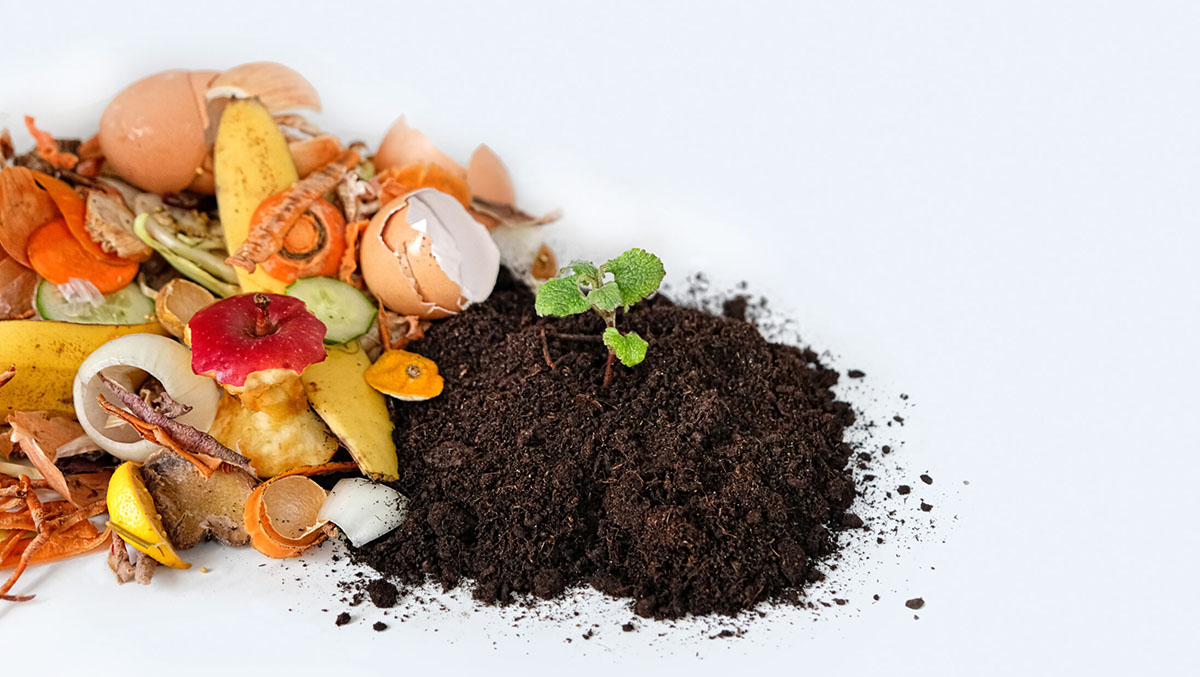
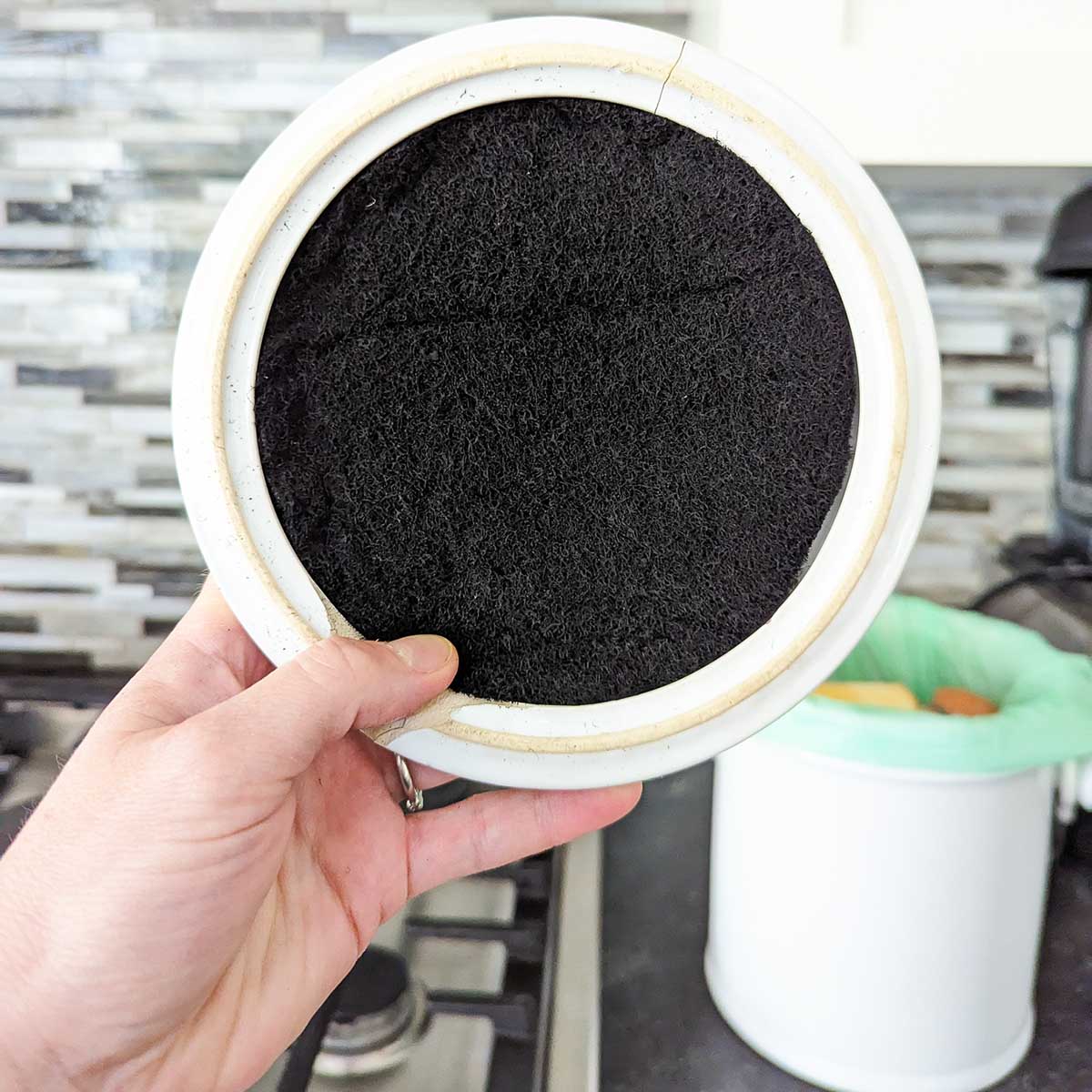
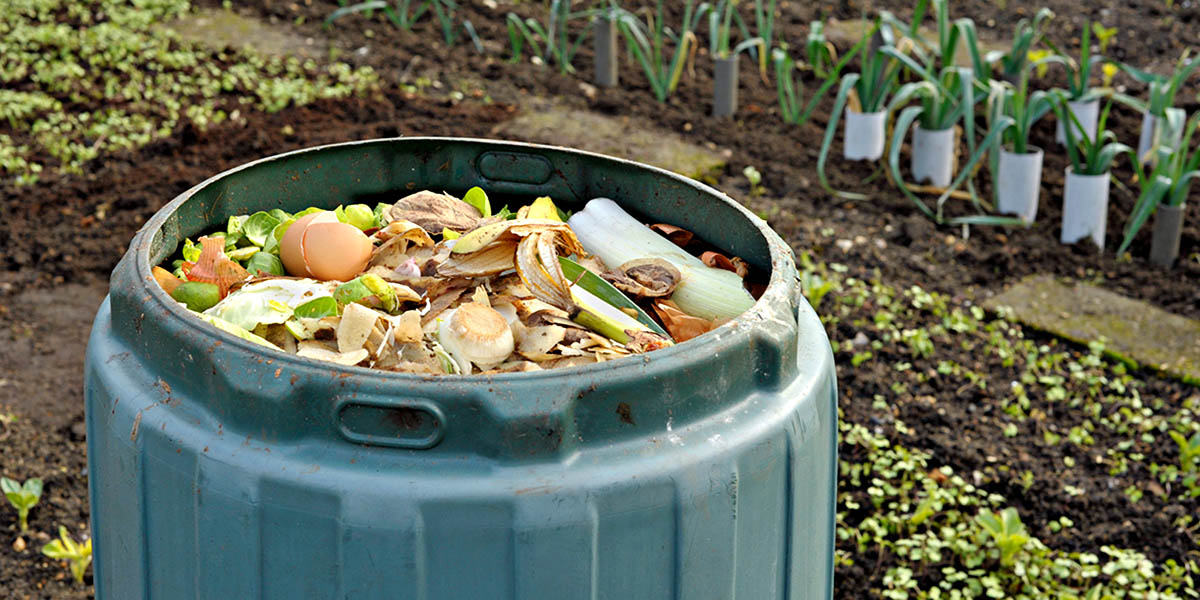
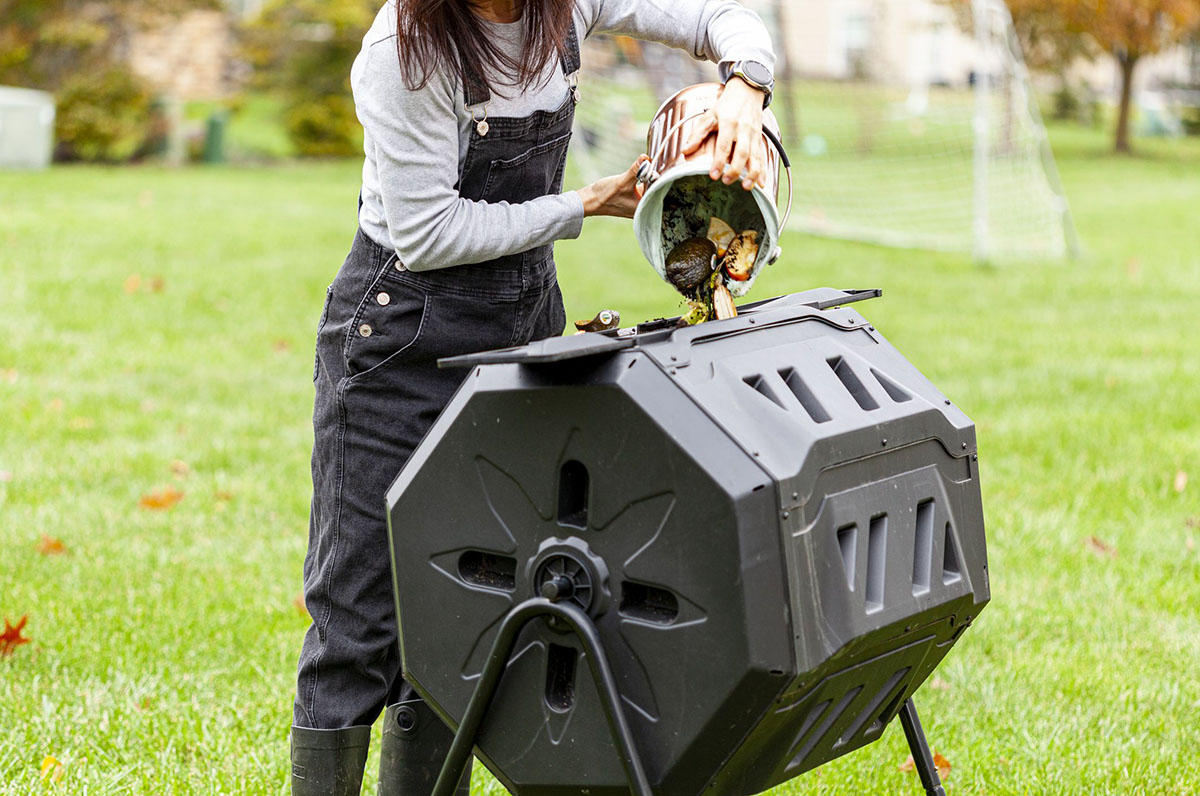
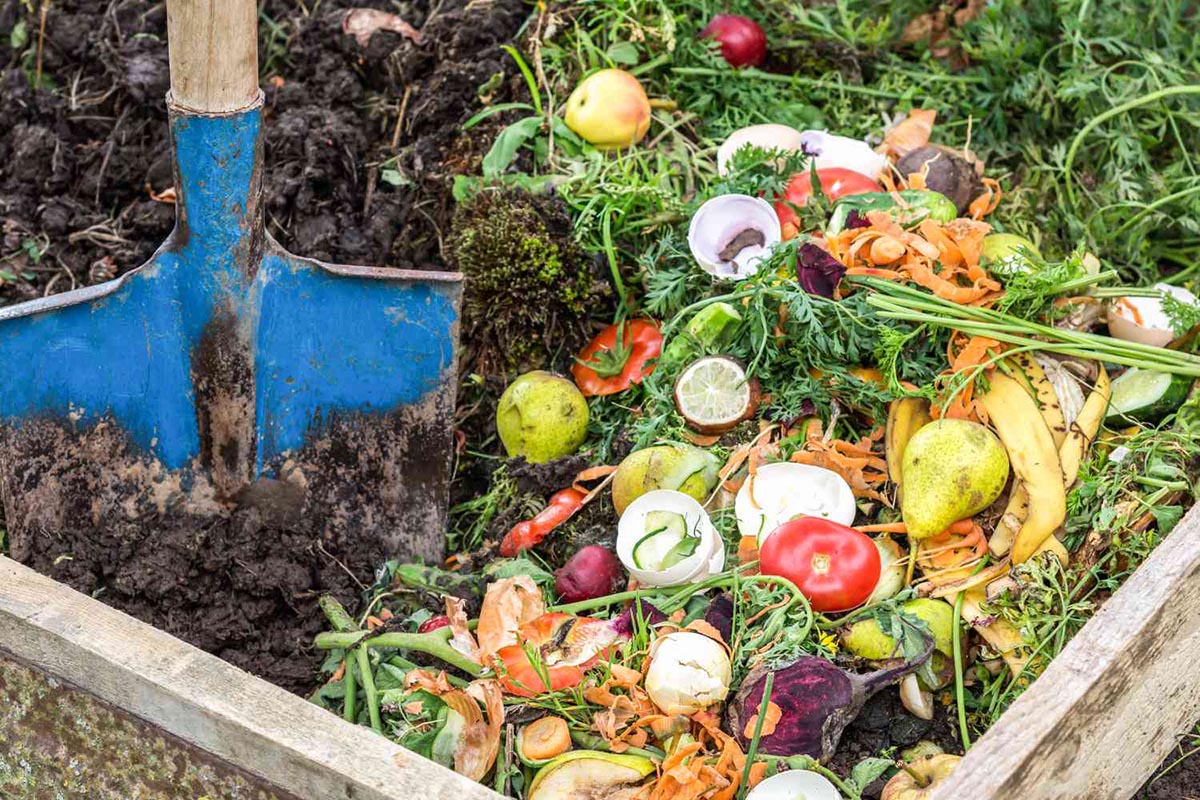
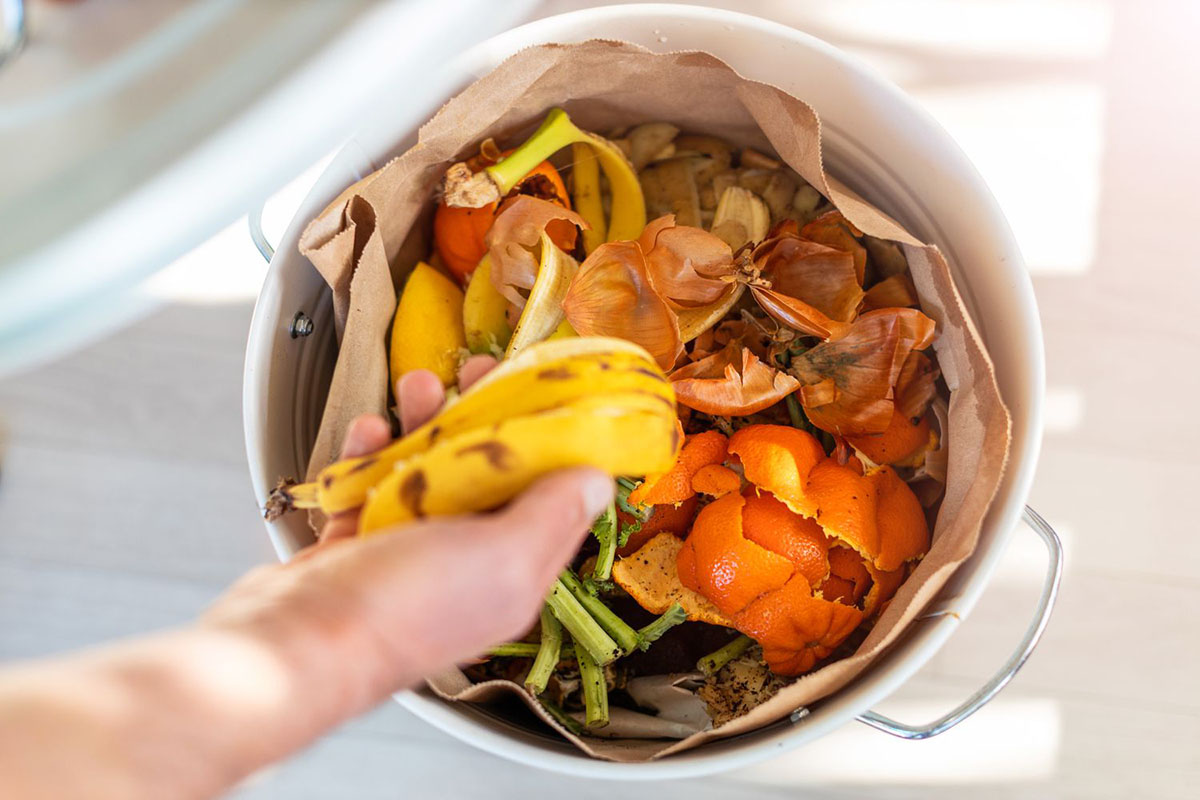
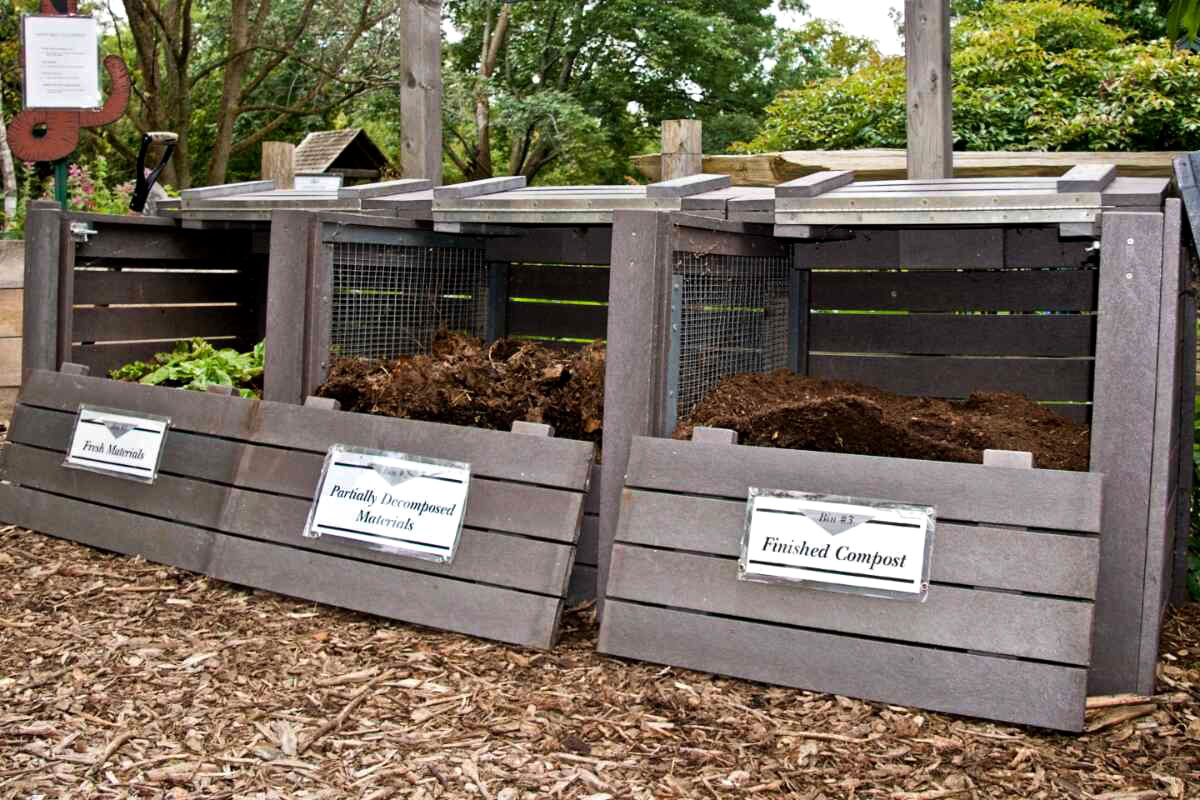
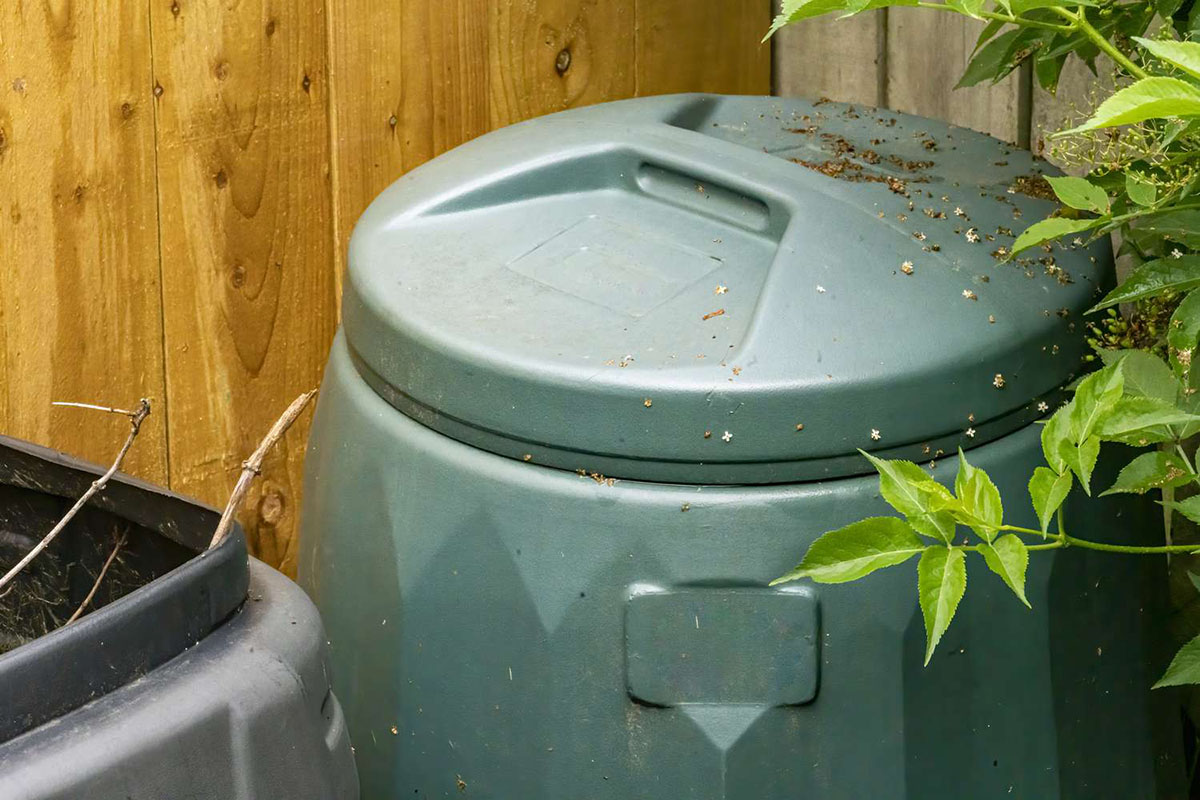
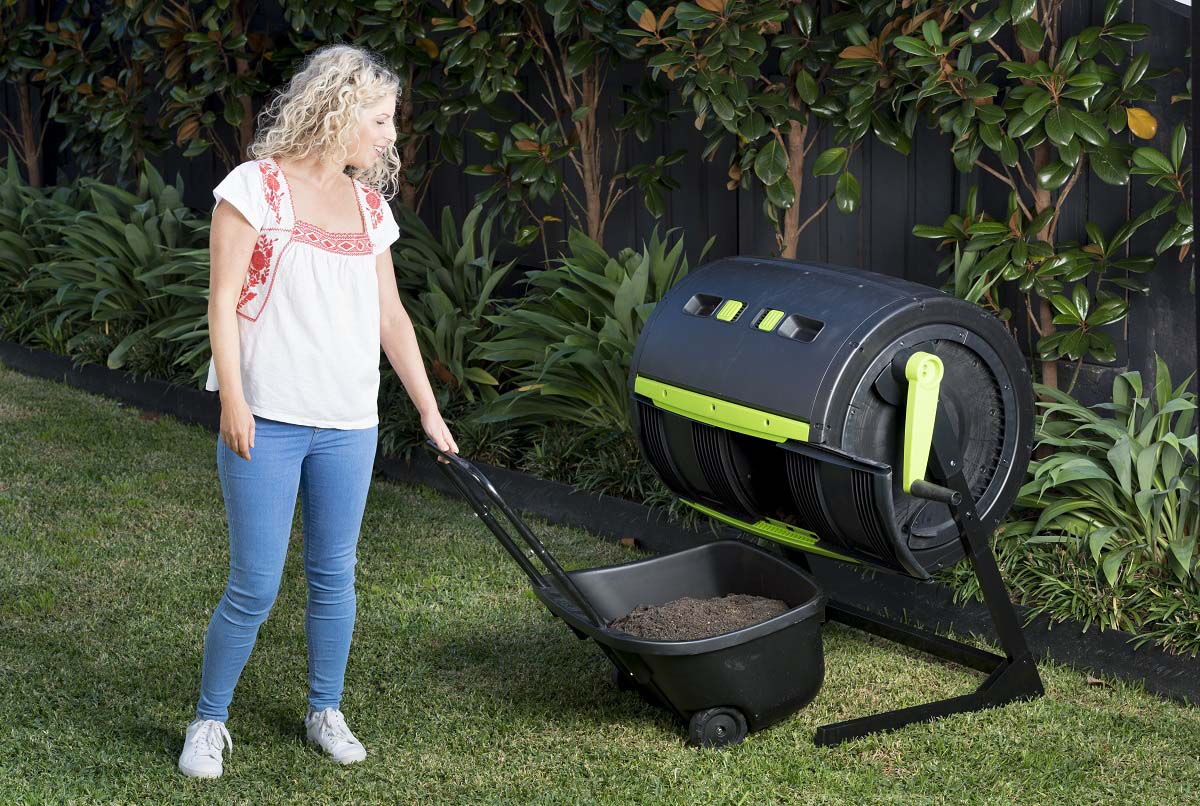
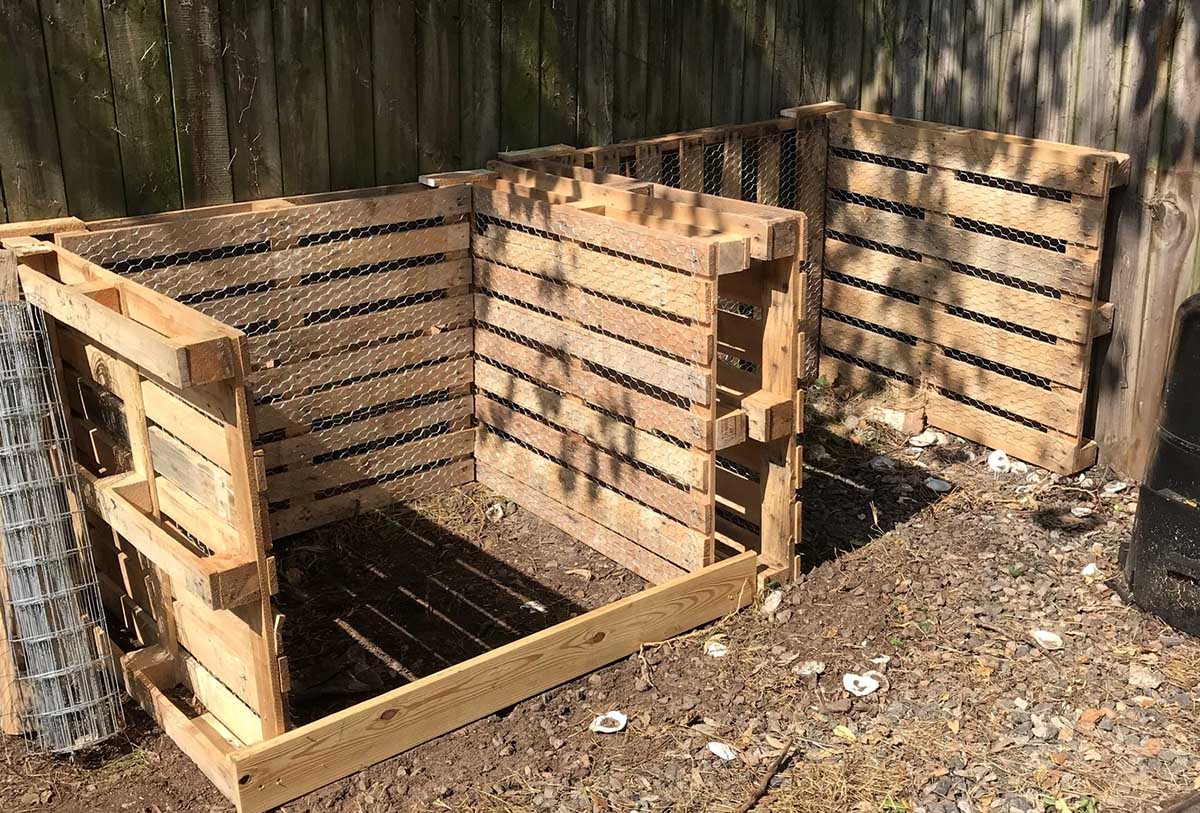
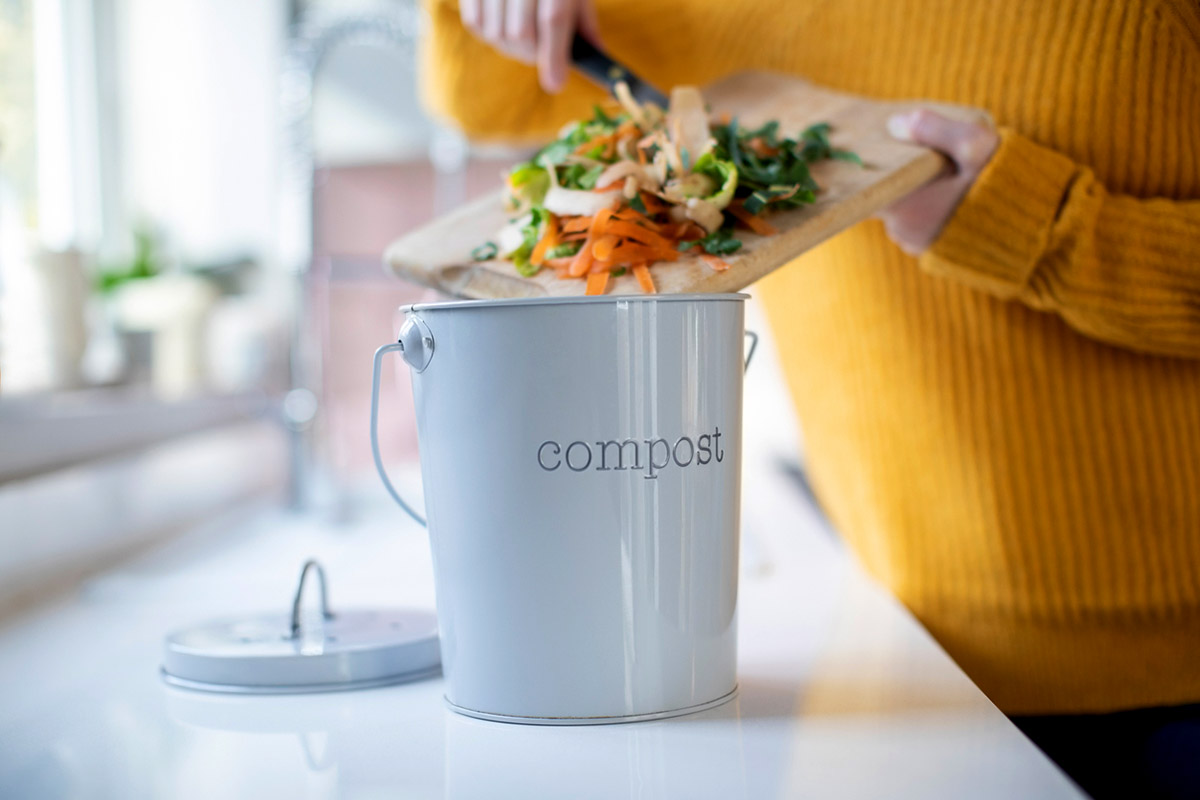

0 thoughts on “How To Make A Compost Bin From A Plastic Dustbin”